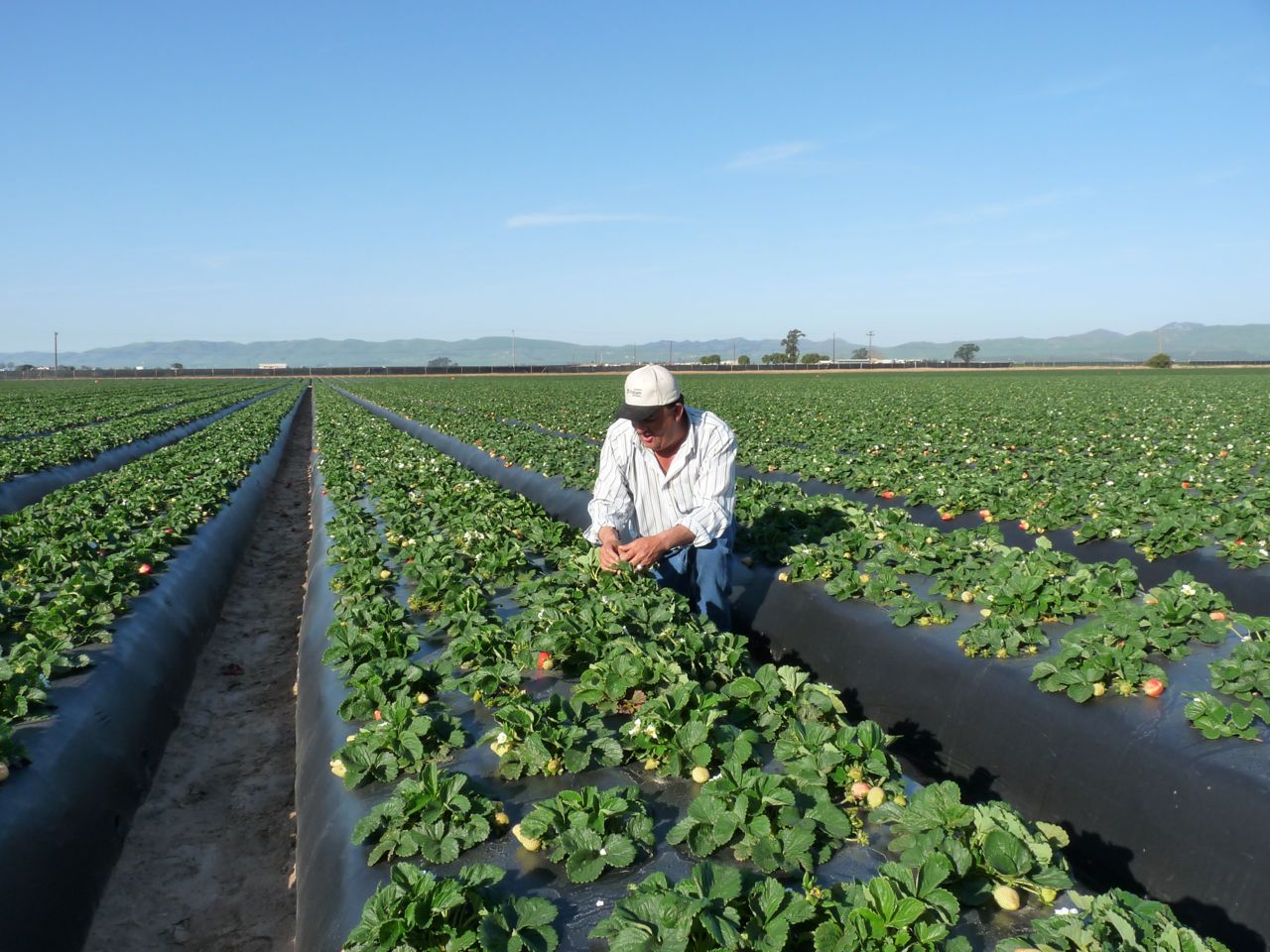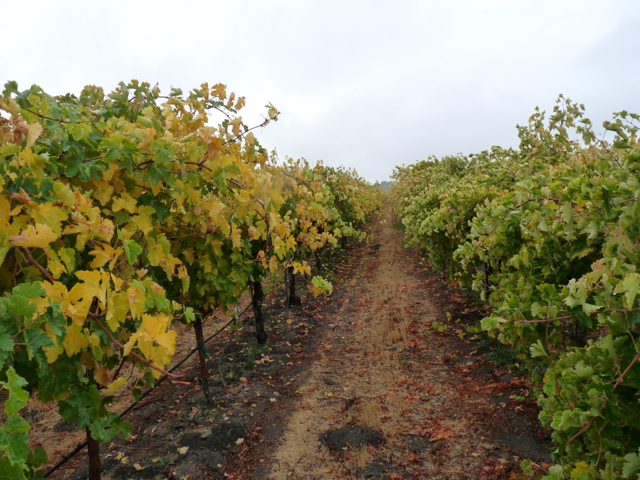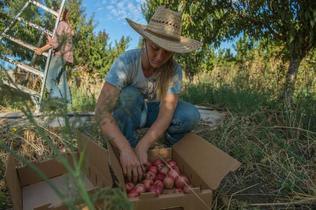American Pistachio Growers Team Up with Anheuser-Busch
A Boon for APG Members and Michelob ULTRA
By Patrick Cavanaugh, Editor
Move over peanuts. You’re not wanted anymore by active consumers who drink Michelob ULTRA. American Pistachio Growers’ pistachios will soon be marketed alongside the beer to adults with an active lifestyle.
“In 2015, the nationwide partnership with Michelob ULTRA Beer will roll out with a series of promotions throughout the year,” said Judy Hirigoyen, Director, Global Marketing for American Pistachio Growers.
“We worked with Anheuser-Busch this year in a pilot project in California, Arizona and Nevada. It offered a $2 off coupon for eight member brands within the American Pistachio Grower membership, or any store private label. Anheuser-Busch, not us, paid the retailer the $2,” said Hirigoyen. “The campaign went very well. So we have signed a contract to go nationwide with a series of promotions in 2015.
“In the future nation-wide promotion, consumers will get anywhere from $2.00 to $6.00 off their pistachios, making it a great boon to pistachios and beer lovers alike,” said Hirigoyen.
The discount coupon for pistachios will be available right where the beer is sold.
“What’s really exciting is the Michelob ULTRA shares the same target audience that pistachios do,” she said. “We look for active, fitness enthusiasts, and we want people who care about their nutrition and their health and who are looking for a lower fat, yet very delicious option. And that is true for both pistachios and Michelob ULTRA Beer.”
It’s a good fit as about 50 percent of all beer sold in the U.S. is an Anheuser-Busch brand. Furthermore, Michelob ULTRA was a big sponsor of the Amgen Bicycle Race Tour this year in California.
“Since everyone loves our product, Anheuser-Busch wanted to team up with us. They want to find ways to get out of the beer aisle, and we want to find ways to get into the beer aisle. They now can get their beer displays in the snack aisle, and in the produce aisle, and we can get our pistachios into the aisles where beer is promoted,” said Hirigoyen.
“We are promoting very actively on social networks to let people know that there is free money for pistachios,” said Hirigoyen. “So look for those coupons and purchase some great pistachios from members of the American Pistachio Growers.”


















